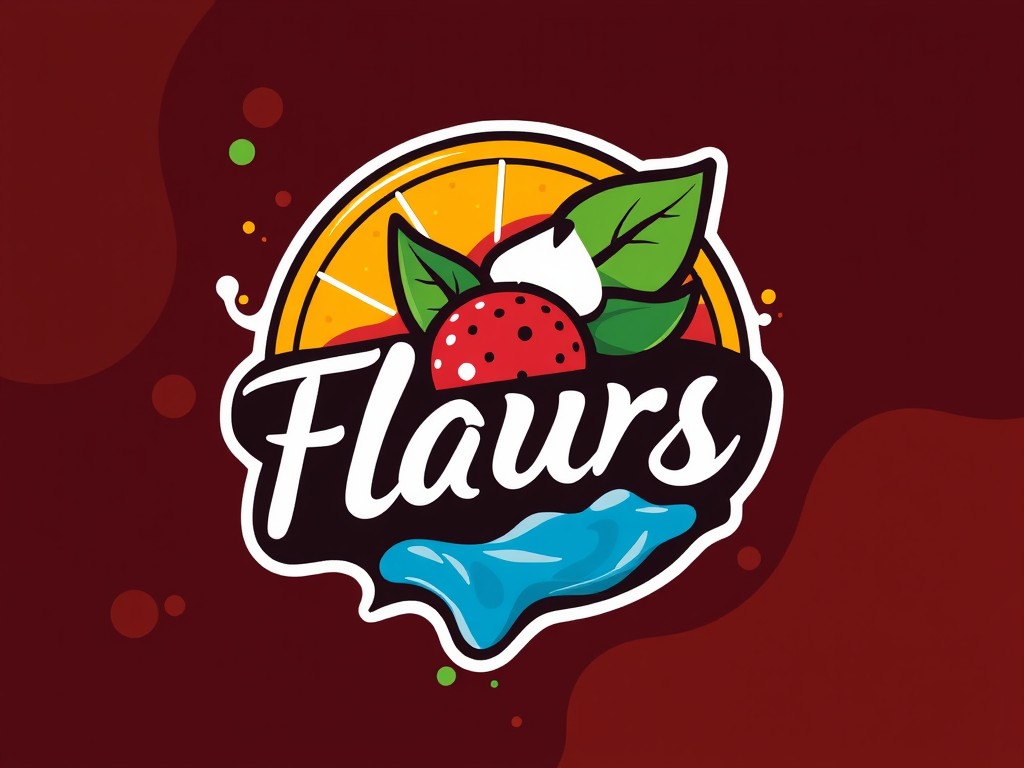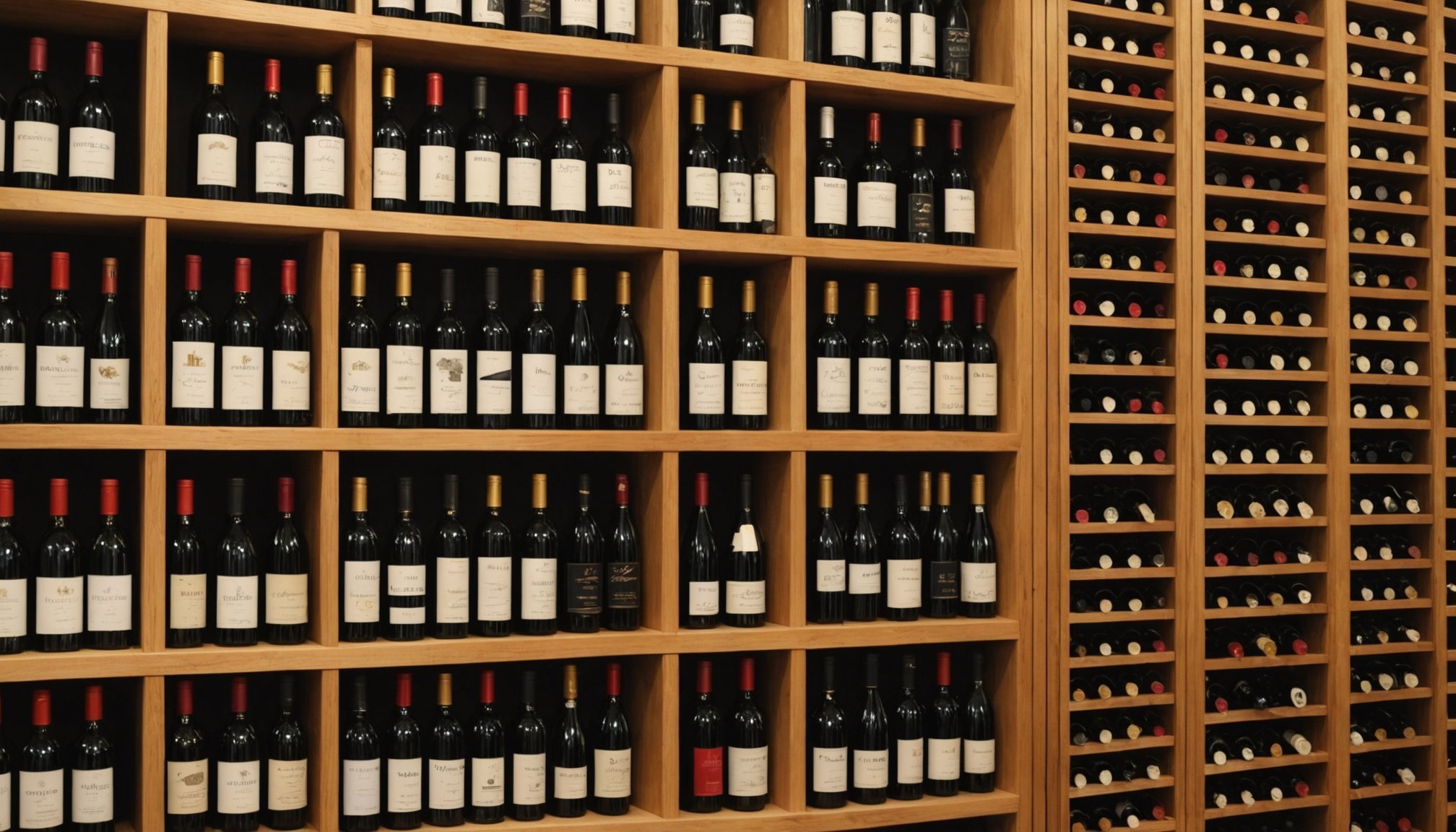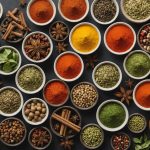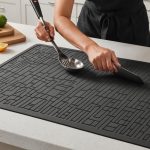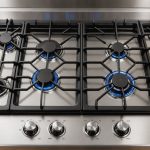Storing wine properly is essential to preserving its flavor and quality. Different varieties have unique storage temperature needs, which can directly influence taste and aroma. Whether you're a casual drinker or a connoisseur, knowing the ideal temperatures for your wine can enhance your experience. This guide will walk you through the optimal storage temperatures for various wine types, ensuring your bar is perfectly equipped to showcase your collection at its best. Let's unlock the secrets to wine preservation!
Understanding Wine Varieties and Their Storage Needs
Exploring the world of wine varieties can be both exciting and overwhelming. Each type of wine, from robust reds to delicate whites, has unique storage needs that ensure optimal taste and longevity.
Also read : Essential Considerations for Selecting the Perfect POS System for Your Small Bistro
Overview of Wine Varieties
Wine is generally classified into several main categories: red, white, rosé, sparkling, and dessert wines. Each variety has distinct characteristics influenced by the grape type, region, and production method.
Importance of Specific Storage Conditions
Proper storage conditions are crucial for preserving the quality of different wine types. For instance, red wines are best stored at slightly warmer temperatures than whites. Ensuring the right conditions helps maintain the wine's flavor profile and prevents spoilage.
This might interest you : The ultimate guide to enjoying châteauneuf-du-pape wine
General Temperature Ranges for Wine Storage
Adhering to specific temperature ranges is essential for all wine varieties. Here's a quick reference:
- Red Wines: 55°F – 65°F (13°C – 18°C)
- White Wines: 45°F – 50°F (7°C – 10°C)
- Sparkling Wines: 40°F – 50°F (4°C – 10°C)
- Dessert Wines: 50°F – 55°F (10°C – 13°C)
As the saying goes, "Wine improves with age, but only if the storage conditions are right." Ensuring these storage needs are met will allow wine enthusiasts to enjoy their collection at its best.
Optimal Storage Temperatures for Red Wines
Understanding the optimal temperatures for red wine storage is vital for preserving wine quality. Temperature fluctuations can significantly affect the delicate balance of flavors and aromas in red wines.
Recommended Temperature Range
Maintaining a consistent temperature is key. The ideal range for red wine storage is between 55°F and 65°F (13°C and 18°C). This range allows the wine to age gracefully, enhancing its complexity and depth over time.
Effects of Temperature Fluctuations
Fluctuations in temperature can cause red wines to expand and contract, potentially leading to oxidation or spoilage. Such changes can alter the wine's chemical composition, negatively impacting its taste and aroma. Consistency is crucial to maintaining the integrity of the wine.
Tips for Monitoring and Maintaining
To ensure optimal temperatures, consider these practical tips:
- Use a dedicated wine fridge or cellar for precise control.
- Regularly check temperature settings and adjust as needed.
- Avoid placing wine storage near heat sources or areas with direct sunlight.
A simple yet effective way to monitor red wine storage conditions is to invest in a digital thermometer or hygrometer. These tools provide real-time data, helping you maintain the ideal environment for your collection. By adhering to these guidelines, you can enjoy your red wines at their best, ensuring each bottle delivers its intended flavor profile.
Optimal Storage Temperatures for White Wines
Ensuring your white wines are stored correctly is essential for preserving their delicate flavors.
Recommended Temperature Range
White wine storage requires careful attention to temperature to maintain its crisp and refreshing qualities. The ideal temperatures for storing white wines range between 45°F and 50°F (7°C and 10°C). This range helps preserve the wine's acidity and prevents it from becoming flat or dull.
How Temperature Affects Flavor Profile
The temperature at which white wines are stored can significantly impact their flavor profile. If stored too warm, the wine may lose its aromatic qualities and become overly sweet. Conversely, storing it too cold can mute flavors, making the wine taste bland. Consistent storage within the recommended range ensures that the wine's natural flavors and aromas are preserved, providing a balanced tasting experience.
Strategies for Keeping White Wines at the Right Temperature
To maintain the ideal temperatures for your white wines, consider these strategies:
- Use a wine cooler: Invest in a wine cooler specifically designed for white wines.
- Avoid temperature fluctuations: Keep the storage area away from heat sources and direct sunlight.
- Monitor with precision: Utilize a digital thermometer to ensure consistent temperatures.
By following these guidelines, you can enjoy your white wines as intended, with their flavor profile perfectly preserved.
Optimal Storage Temperatures for Sparkling Wines
Preserving the sparkle and taste of your favorite bubbly.
Recommended Temperature Range
To maintain the effervescence and flavor of sparkling wines, it's crucial to store them at the right temperature. The recommended range for sparkling wine storage is between 40°F and 50°F (4°C – 10°C). This range ensures the wine remains refreshing and lively.
The Role of Temperature in Preserving Effervescence
Temperature plays a vital role in preserving the bubbles in sparkling wines. If stored too warm, the wine can become flat, losing its characteristic effervescence. Conversely, too cold temperatures might mute the flavors, diminishing the overall experience. Consistency within the recommended range helps maintain the wine's vibrant qualities.
Best Practices for Chilling Sparkling Wine Before Serving
Proper cooling before serving enhances the tasting experience. Here are some best practices:
- Chill in an ice bucket: Use a mix of ice and water for rapid cooling.
- Refrigerate in advance: Store in the fridge for at least 3 hours before serving.
- Avoid freezing: Never freeze sparkling wines as it can alter their flavor profile.
By adhering to these guidelines, you ensure that your sparkling wines are served at their best, offering a delightful and refreshing experience with every sip.
The Impact of Temperature on Wine Quality
Understanding how temperature affects the aging and preservation of wine.
How Temperature Influences the Aging Process of Wine
Temperature effects play a crucial role in the aging process of wine. Aging is a delicate balance where temperature can either enhance or detract from a wine's development. Ideally, wines should age at a consistent temperature to promote the gradual evolution of flavors and aromas. Fluctuations can accelerate aging, leading to premature oxidation or spoilage.
Consequences of Improper Storage Temperatures
Improper storage temperatures can have detrimental effects on wine quality. When wine is stored too warm, it can age too quickly, causing it to lose its intended character. Conversely, too cold temperatures can slow down the aging process, resulting in muted flavors. Both scenarios can compromise the wine's quality and overall enjoyment.
Signs of Temperature-Related Damage to Wine
Recognizing signs of temperature-related damage can help prevent further degradation. Look for these indicators:
- Cork leakage: Can signal expansion due to heat.
- Cloudiness: Often a result of temperature fluctuations.
- Off flavors: May indicate improper storage conditions.
Being aware of these signs allows wine enthusiasts to take corrective action, ensuring that their collection maintains its intended quality. By understanding and managing the temperature effects on wine, you can enjoy each bottle at its optimal state.
Practical Tips for Maintaining Ideal Storage Conditions
Enhancing your wine collection with proper care.
Best Practices for Wine Storage at Home
Maintaining the right wine storage conditions at home is essential for preserving the quality of your collection. A consistent temperature and humidity level are key factors. Aim to store wine in a cool, dark place, away from direct sunlight and heat sources. A dedicated wine fridge can be an excellent investment, offering precise control over these conditions.
Importance of Consistent Temperature and Humidity Levels
Fluctuations in temperature and humidity can lead to spoilage. Ideally, wine storage should maintain a temperature around 55°F (13°C) and a humidity level of 60-70%. These conditions prevent the cork from drying out, which can cause oxidation. Consistency ensures that each bottle ages gracefully, preserving its intended flavors and aromas.
Recommendations for Monitoring Wine Storage Conditions
To effectively monitor your wine storage conditions, consider these tools:
- Digital Thermometer: Provides real-time temperature readings.
- Hygrometer: Measures humidity levels accurately.
- Wine Fridge: Offers controlled environment for optimal storage.
Regularly checking these parameters helps maintain the ideal environment for your wine. By following these wine storage tips, you ensure that your collection remains in peak condition, ready to be enjoyed at its best.
Wine Storage Solutions
Exploring the best options for preserving your wine collection.
Overview of Different Wine Storage Options Available
Choosing the right wine storage solutions is crucial for maintaining the quality of your collection. Options range from simple racks to advanced wine coolers and wine cabinets. Each has its benefits, depending on your needs and space.
Advantages of Using Wine Coolers Versus Traditional Storage
Wine coolers offer precise temperature control, which is essential for preserving the flavor and aroma of wines. Unlike traditional storage, they maintain consistent conditions, reducing the risk of spoilage. Wine cabinets, on the other hand, provide both temperature and humidity control, making them ideal for serious collectors.
Features to Look for in a Wine Storage Unit
When selecting a wine storage unit, consider these features:
- Temperature Control: Ensure it can maintain the recommended range for various wines.
- Humidity Regulation: Look for units that prevent corks from drying out.
- Capacity: Choose a unit that fits your collection size and allows for growth.
- Design: Consider aesthetics and how it fits into your space.
A well-chosen wine storage solution can significantly enhance the longevity and enjoyment of your wines. By focusing on these features, you ensure that your collection remains in optimal condition, ready to be savored at its best.
Visual Aids and Temperature Charts
Enhancing your wine storage knowledge with visual tools.
Importance of Visual Aids in Understanding Wine Storage
Visual aids, such as wine temperature charts, play a crucial role in simplifying the complexities of wine storage. They provide a clear, at-a-glance reference that helps enthusiasts maintain optimal conditions for different wine types. These tools can be a game-changer for both novices and seasoned collectors, ensuring that each bottle is stored under the best possible conditions.
Examples of Temperature Charts for Various Wine Types
Wine temperature charts are designed to offer specific guidelines for storing various wines. They typically include recommended ranges for reds, whites, sparkling, and dessert wines, making it easier to apply these standards in practice. Here's a simple example:
| Wine Type | Temperature Range (°F) |
|---|---|
| Red Wines | 55°F – 65°F |
| White Wines | 45°F – 50°F |
| Sparkling Wines | 40°F – 50°F |
| Dessert Wines | 50°F – 55°F |
How to Use Charts to Enhance Wine Storage Practices
Utilizing wine temperature charts can significantly enhance your storage practices. By regularly consulting these visual aids, you can ensure that each wine type remains within its ideal temperature range, preserving its flavor and quality. This proactive approach not only protects your collection but also enriches your overall wine experience, allowing you to enjoy each bottle at its finest.
Common Mistakes in Wine Storage
Avoid these pitfalls to ensure your wine remains in perfect condition.
Typical Errors Made in Home Wine Storage
Many wine enthusiasts unknowingly make errors that compromise their wine's quality. Common wine storage mistakes include exposing bottles to excessive light, storing them at incorrect temperatures, and not maintaining a stable environment. These avoidable errors can lead to premature aging or spoilage, detracting from the wine's intended taste and aroma.
Impact of Light, Vibration, and Temperature on Wine
Light, vibration, and temperature fluctuations are major threats to wine preservation. Light can cause chemical reactions that alter the wine's flavor, while vibrations can disturb the sediment, affecting clarity and taste. Temperature inconsistencies can accelerate aging or cause corks to expand and contract, leading to oxidation.
Key Impacts:
- Light: Leads to chemical degradation
- Vibration: Disturbs sediment, affecting taste
- Temperature: Causes premature aging or spoilage
Solutions to Prevent Common Mistakes
To avoid these issues, store wine in a dark, vibration-free environment with consistent temperatures. Consider using a wine cabinet with UV-protective glass and anti-vibration technology. Regularly check temperature settings to ensure stability. By addressing these wine storage mistakes, you can enhance the longevity and enjoyment of your collection.
Summary of Best Practices for Wine Storage
Enhancing your wine collection through effective storage techniques.
Recap of Optimal Temperatures for Different Wines
Understanding wine storage best practices is essential to preserving the quality of your collection. Each wine type requires specific temperature ranges to maintain its flavor and aroma. Here's a quick recap:
- Red Wines: 55°F – 65°F
- White Wines: 45°F – 50°F
- Sparkling Wines: 40°F – 50°F
- Dessert Wines: 50°F – 55°F
Consistently adhering to these temperatures ensures that your wine remains in peak condition, ready to be enjoyed at its best.
Essential Tips for Effective Wine Storage
To enhance your wine-tasting experience, consider these essential tips:
- Use a dedicated wine fridge: This offers precise control over storage conditions.
- Avoid direct sunlight: Light can degrade wine quality.
- Maintain stable humidity levels: Prevents corks from drying out.
These practices help in maintaining the integrity of your wine collection, allowing each bottle to age gracefully.
Final Thoughts on Enhancing the Wine-Tasting Experience
By following these wine storage best practices, you ensure that every sip delivers the intended flavors and aromas. Investing in proper storage solutions not only protects your collection but also enriches your overall wine experience, making each tasting session more enjoyable.
